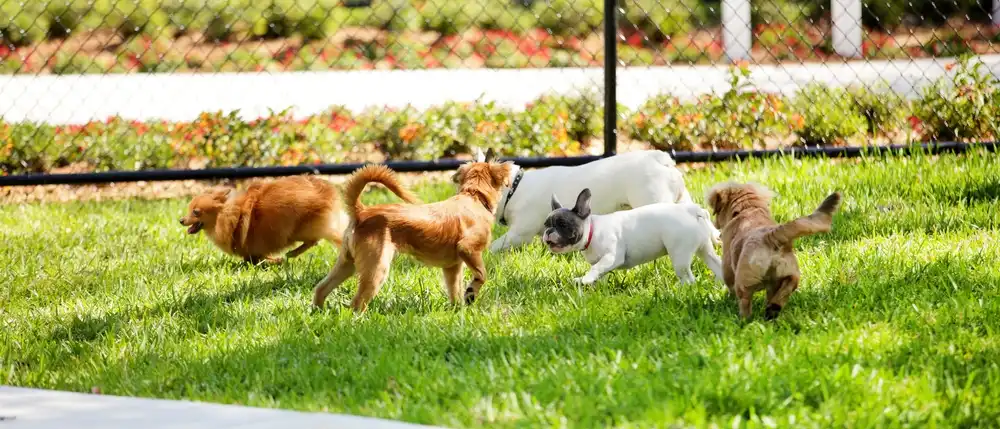Unraveling the Correlation between Canine Genetics and Behavior
How do you test what role genetics plays in behavior?
As we continue to explore the fascinating world of canine genetics and behavior, one cannot help but question, how do scientists establish a correlation between a dog's genetic makeup and its behavior? The answer lies in the careful design of experiments. In this post, we delve into the process of crafting a well-designed scientific experiment for this purpose.
Understanding the Basics
Before we explore the experimental design, it's crucial to understand the basic concepts of genetics and behavior. Genetics is the study of heredity and variation in organisms, while behavior in the context of dogs refers to their actions or reactions under specific circumstances. The goal here is to identify if a dog's behavior is influenced by its genetic makeup.
Framing the Research Question
The first step in any experiment is formulating the research question. A well-crafted question for our experiment could be, "Does a dog's genetic makeup influence its propensity for aggression?" This question targets a specific behavior (aggression) and hints at a genetic correlation.
Forming a Hypothesis
A hypothesis is an educated guess that answers your research question. For example, our hypothesis might be, "Dog breeds genetically predisposed towards aggression will demonstrate higher levels of aggression compared to other breeds."
Experimental Design
To test our hypothesis, we'll need to carefully design our experiment. One common method is the comparative study.
Selection of Breeds
We would select multiple dog breeds with different levels of reported aggression. For instance, we could include breeds known for their aggressive tendencies, such as the Rottweiler, and compare them with breeds known for their docile nature, like the Labrador Retriever.
Genotyping
We would then collect DNA samples from these breeds for genotyping. Genotyping is a process that determines the genetic makeup of an individual by examining their DNA sequence. By comparing the genotypes of different breeds, we can identify genetic variants associated with aggression.
Behavioral Assessment
Next, we need to assess the behavior of the selected breeds. This can be achieved through observation and scoring based on a standardized aggression scale, such as the Canine Behavioral Assessment and Research Questionnaire (C-BARQ) used in the study by Duffy, Hsu, & Serpell (2008).
Statistical Analysis
Once we've collected our data, statistical analyses can be performed to identify any correlation between the genetic makeup and the observed behavior. We may employ correlation coefficients, regression analysis, or more advanced methods depending on the complexity of our data.
Interpreting the Results
The results from the analysis would either support or reject our initial hypothesis. A significant correlation between specific genetic variants and increased aggression levels would support the hypothesis. If not, the hypothesis would be rejected, and other factors like environmental or upbringing influences could be considered.
Conclusion
Scientific experiments investigating the correlation between a dog's genetic makeup and behavior provide valuable insights into understanding our canine companions better. However, it's essential to remember that genetics is not the sole determinant of behavior. Behavior is a complex trait influenced by an interplay of genetics, environment, and individual experiences. So, while genetics provides a part of the picture, it doesn't tell the entire story.
Remember, each dog, like a human, is an individual, and while they may share common traits with their breed, they also have their unique personalities. As we unravel the mysteries of canine genetics, let's celebrate the diversity and individuality that makes each dog special.
References
Breed differences in canine aggression
Duffy, D. L., Hsu, Y., & Serpell, J. A. (2008). Breed differences in canine aggression. Applied Animal Behaviour Science, 114(3-4), 441-460